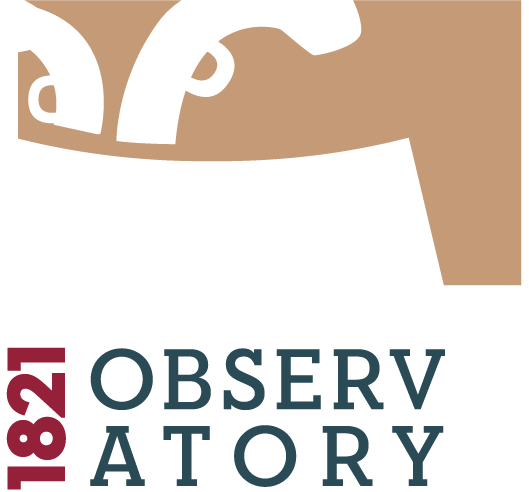Paris–Athens: The birth of modern Greece, 1675–1919
Item
Title
Paris–Athens: The birth of modern Greece, 1675–1919
Creator
Spatial Coverage
Subject - keywords
Date
30 September 2021–7 February 2022
Date Issued
2021
Abstract
"The Louvre Museum opens its gates and the hall of the temporary exhibitions of the Hall Napoleon in honour of the Greek cultural heritage and the strong ties between Greece and France. The bicentenary of the Greek Revolution gives rise to the great temporary exhibition “Paris–Athens: The birth of Modern Greece, 1675–1919”, which is in dialogue with the exhibition “Under the Light of Apollo: The Louvre at Delphi” at the Archaeological Museum of Delphi. The Louvre exhibition present a modern scientific view of Greece’s cultural relations with France and especially of Athens and Paris, from the time of the first ambassadors, in the late 17th century, in the Ottoman Empire, to the Paris Peace Conference and the exhibition of Greek contemporary artists of the Art Group in Paris, 1919. A total of 356 works present the beginnings of the Frankish/French presence in Greece after the Fourth Crusade, the artistic values in post-Byzantine Greece, the Greek struggle for national independence, the travels of French ambassadors to Greece and the philhellenic movement, the French Scientific Mission of the Morea. A large part of the exhibition is dedicated to Athens from 1834 to 1878, as the new capital of the newly formed Greek state, namely in the urban planning and architecture of the city, in the development of the so-called Athenian classicism, in the morals of Athenian society, and in the influences of European artistic trends to the artists of the time, as well as to the founding of the French Archaeological School. A separate section presents the beginnings of archaeological research in Greece (French excavations at Delos and Delphi), while the last section focuses on Athens in the late 19th and early 20th centuries, especially the relationship of Greek artists with modern art which was focused on Paris. Reference is also made to the growing interest of the time for the Byzantine past, however, the loss of a significant part of the Byzantine and post-Byzantine monuments of Athens in the context of political choices of connecting Greece with its classical past. Photis Kontoglou’s emblematic work “Laokoon” closes the exhibition. The exhibition borrows works from 51 foreign cultural institutions, including the Berlin State Museums, the British Museum, the National Library of France, the Cluny Museum, the Musee d’Orsay, the Petit Palais and the Gabriel Millet Gallery. Important works come from Greece, from Ephorates of Antiquities and museums under the responsibility of the General Directorate of Antiquities and Cultural Heritage (44 works), the National Gallery, the National History Museum, the Benaki Museum and the Municipal Gallery of the Municipality of Athens. The exhibition is accompanied by a detailed illustrated catalogue, containing contributions from many Greek experts in its texts, and an album."
(Edited and translated abstract from https://digitalculture.gov.gr/2021/09/ekthesi-parisi-athina-i-gennisi-tis-neoteris-elladas-1675-1919-parisi-mousio-louvrou-30-septemvriou-2021-7-fevrouariou-2022/)
(Edited and translated abstract from https://digitalculture.gov.gr/2021/09/ekthesi-parisi-athina-i-gennisi-tis-neoteris-elladas-1675-1919-parisi-mousio-louvrou-30-septemvriou-2021-7-fevrouariou-2022/)
Type specialization
Format
Images
Video
Rights
All Rights Reserved
Item sets
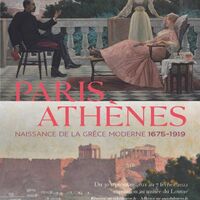 6151ac7224000026085063e4
6151ac7224000026085063e4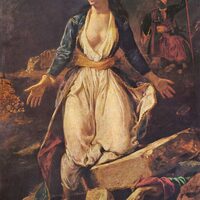 1200px-Eugene_Ferdinand_Victor_Delacroix_017-680x1024
1200px-Eugene_Ferdinand_Victor_Delacroix_017-680x1024 Présentation d'exposition : « Paris – Athènes. Naissance de la Grèce moderne 1675 ‐ 1919 »
Présentation d'exposition : « Paris – Athènes. Naissance de la Grèce moderne 1675 ‐ 1919 »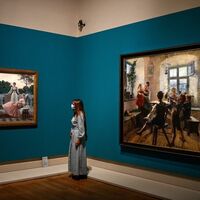 6151a9022800005b0aa72122
6151a9022800005b0aa72122 6151a9d720000058008cf113
6151a9d720000058008cf113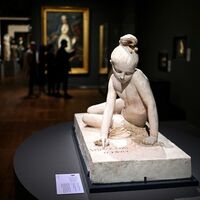 6151a9ef2800005b0aa72124
6151a9ef2800005b0aa72124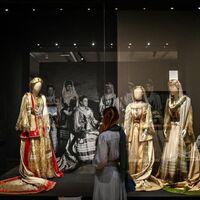 6151aa322800004509a72125
6151aa322800004509a72125 6151aa53240000b1085063e1
6151aa53240000b1085063e1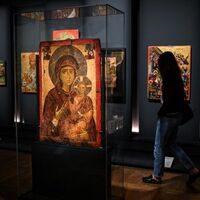 6151aa6d280000a609a72126
6151aa6d280000a609a72126Linked resources
Filter by property
| Title | Alternate label | Class |
|---|---|---|
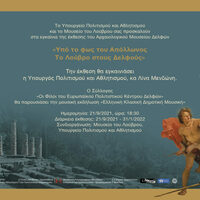 Under the light of Apollo: The Louvre at Delphi Under the light of Apollo: The Louvre at Delphi |
Position: 7146 (84 views)
